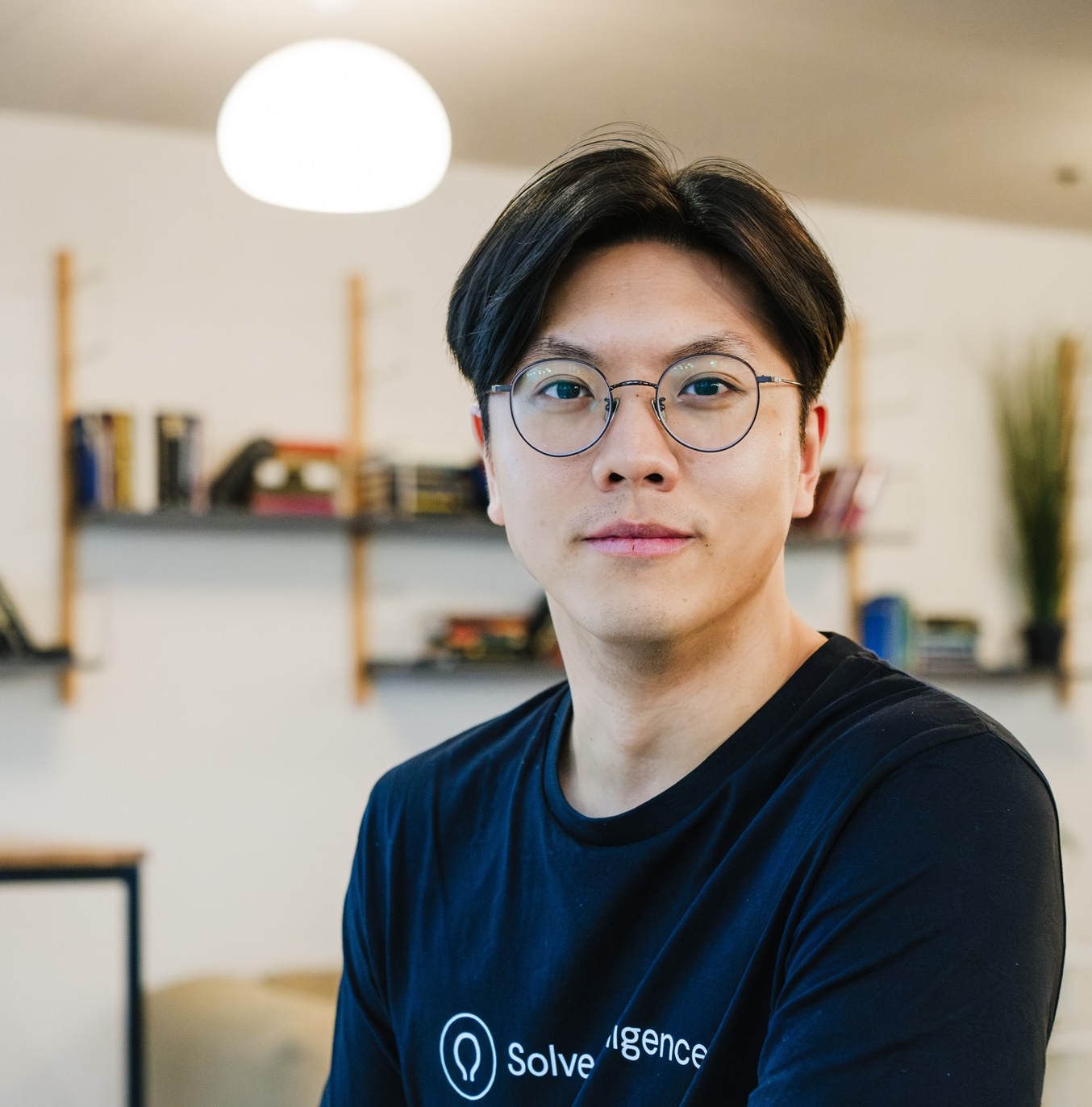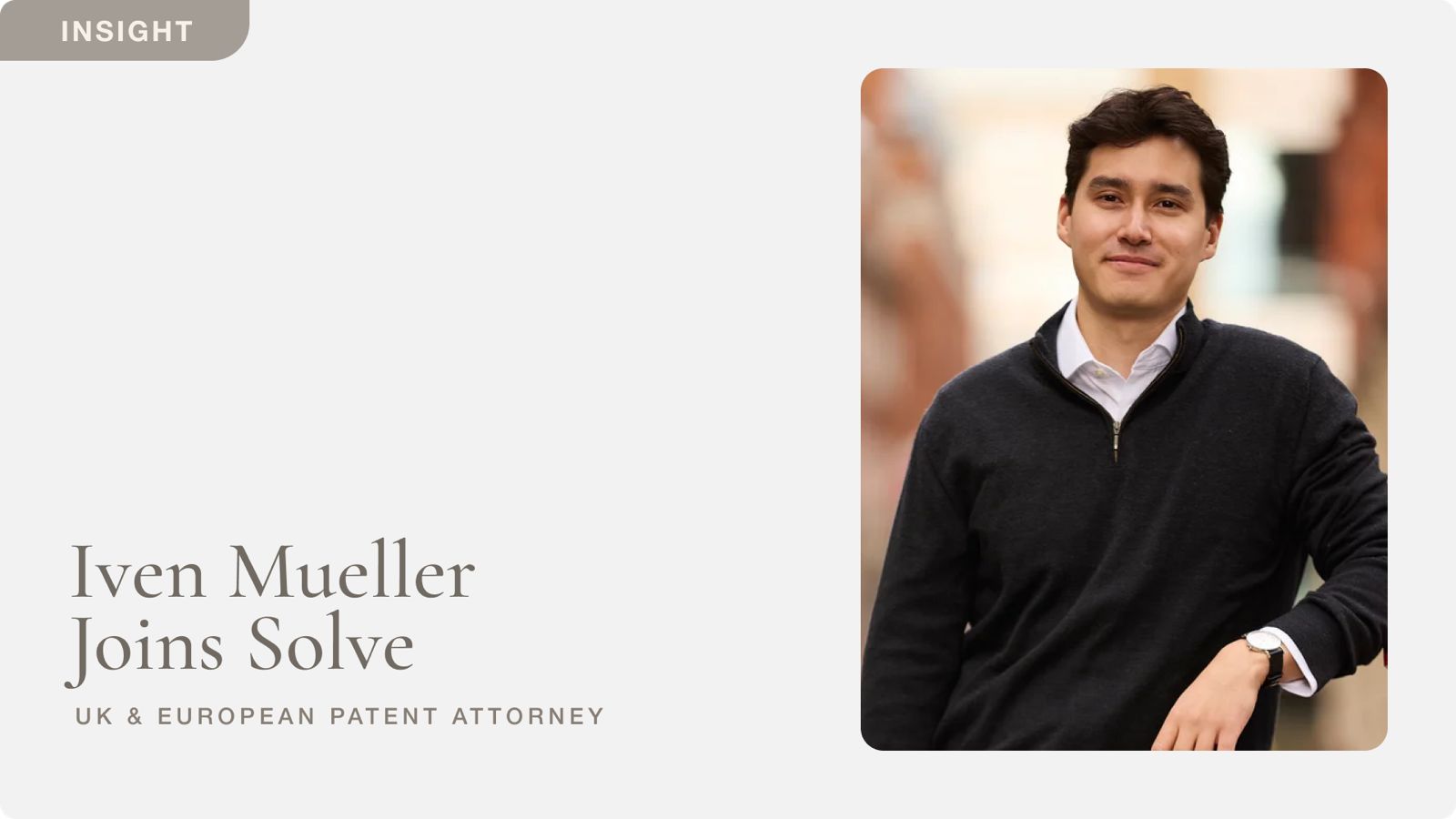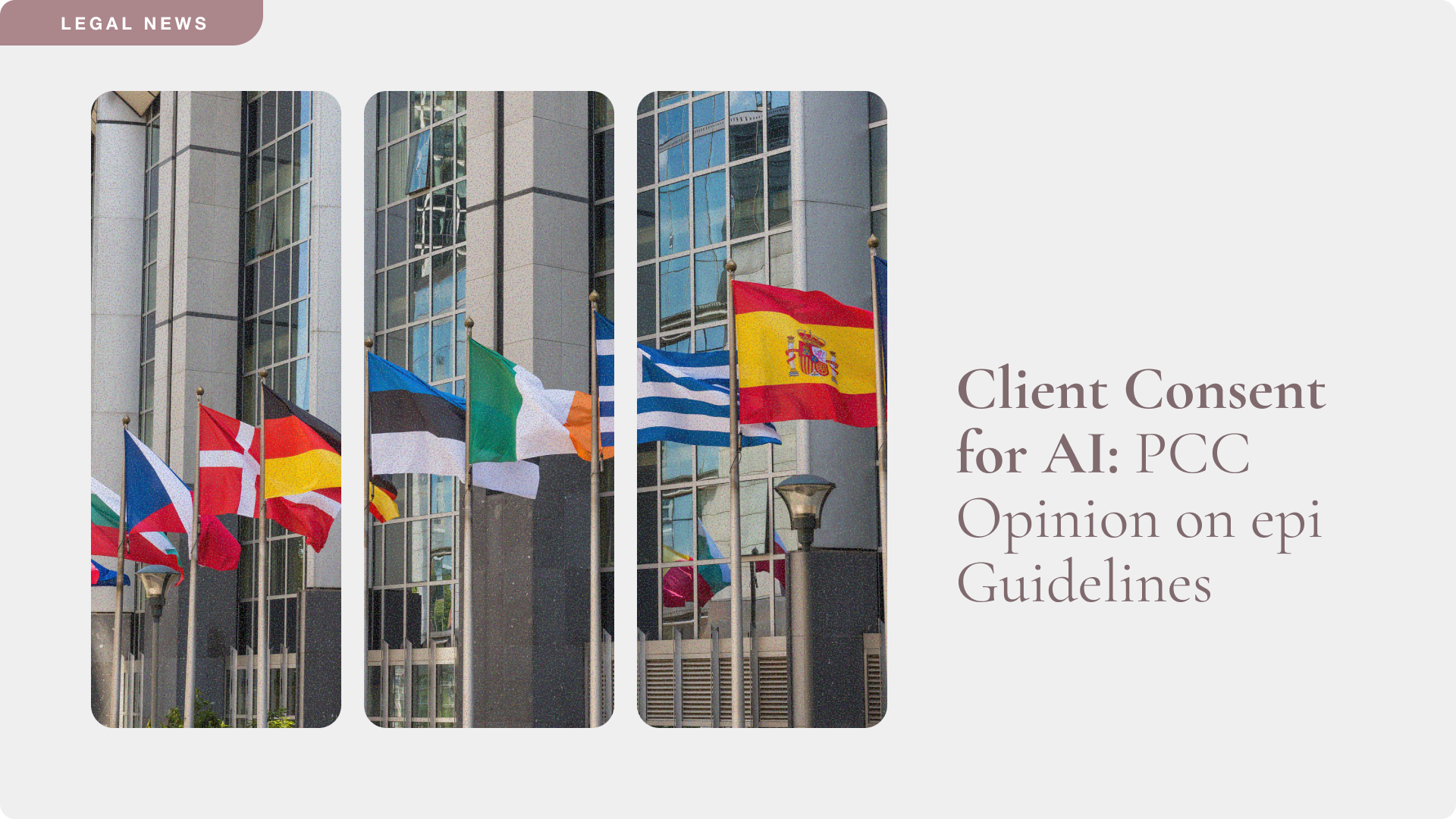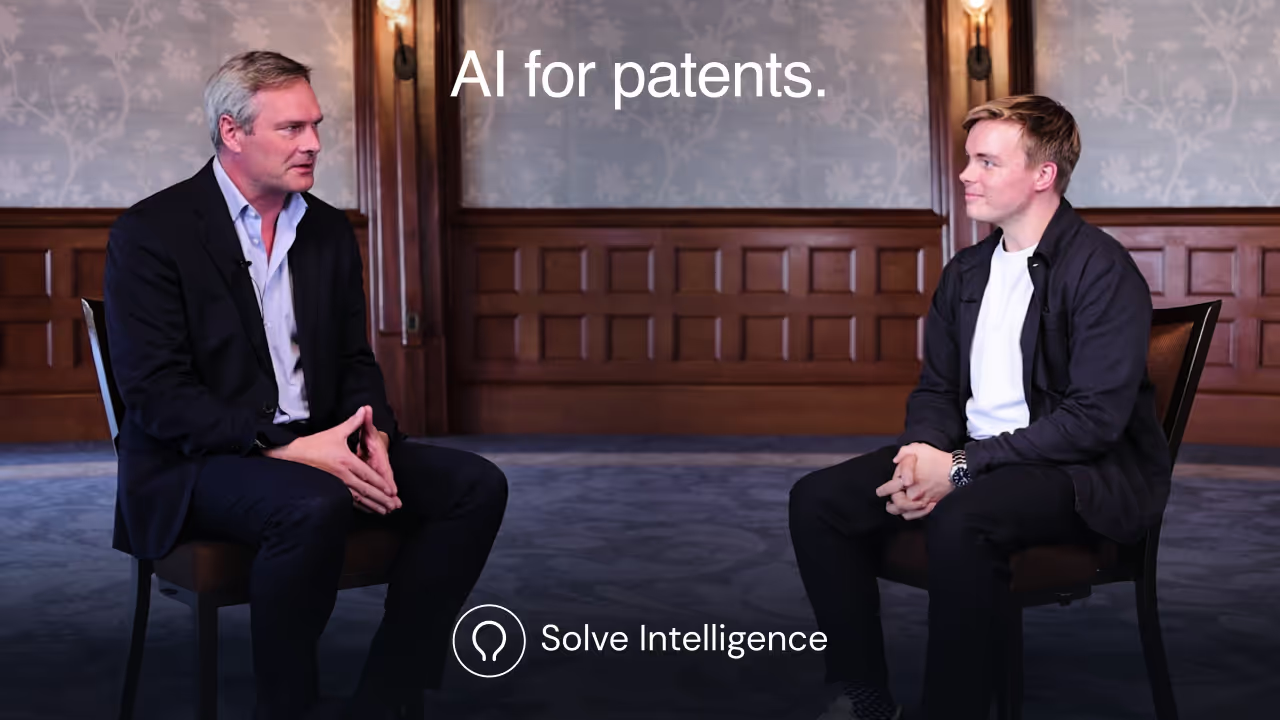Solve’s Guide for AI Adoption and Firm Rollout
After working with hundreds of IP teams globally to roll out AI patent software, we have learned that the firms who build a deliberate onboarding process for firm-wide adoption have the quickest, highest rate of success.
At Solve, we’ve seen that success and failure for proper AI adoption isn’t just about the technology. Rather, it’s the process, the support, and the people behind it.

Why AI LegalTech Pilots Succeed But Rollouts Stall
The pilot phase is usually straightforward. A small group of tech-curious associates and partners test the tool on public cases. They see drafting time drop by a conservative 30%. They appreciate the consistency and partners notice cleaner first drafts that require less review time.
But then comes the harder question: how do we get everyone else using it?
This is where structure matters. The firms that move from 5 pilot users to 50+ active users in a matter of weeks don't rely on enthusiasm alone. They follow a repeatable enterprise onboarding framework that removes friction and embeds the tool into daily practice.
The Enterprise Onboarding Framework
Based on our success with onboarding many large IP practices, here's the proven path from AI patent software pilot to full adoption:
1. Technical Foundation First
Before anyone outside the pilot group logs in, we work directly with firm IT to configure SSO, data retention policies, and security requirements. This eliminates the most common reason for delayed rollout: technical blockers that surface only after you've tried to add 30 new users.
For multi-office or global firms, this step is well-appreciated. Patent attorneys don’t want to spend time managing separate login credentials in their day-to-day work.
2. Clear Administrative Ownership
Enterprise AI adoption requires governance. We help firm leadership answer critical questions upfront: What are the data retention policies? How do we measure usage effectively? Who oversees and coordinates user access? How do we identify champions within the team? Who manages best practice and AI templates?
Identifying administrative owners early prevents confusion later. It also ensures that as the team grows, there's a clear escalation path for questions and customization requests when needed.
3. Custom Templates That Reflect Your Firm's Voice and Meet Client Requirements
This is the step that consistently transforms adoption velocity, enhances engagement and translates to quantifiable return on investment.
Attorneys trust AI outputs when they align with their practice and firm preferences. So, at Solve Intelligence, we build fully customized drafting styles based on your example publications and preferred boilerplate. We create jurisdiction-specific templates, client-specific templates if needed, and embed your internal drafting instructions directly into the tool.
Then, a member of Solve Intelligence’s Legal & Product team will walk your team through how these templates were built, so they can create additional ones as new needs emerge.
This results in output that patent attorneys immediately recognize that requires fewer edits and redlining.
4. Individual User Setup at Scale
Every Solve Intelligence user receives direct login access, a getting-started guide as part of an onboarding email, and are free to book one-on-one sessions with our team of patent attorneys and AI engineers to develop custom workflows or discuss features that would be particularly helpful to their practice.
For large teams, we often coordinate access rollout by practice group or office to ensure no one gets lost in the transition.
5. Live Onboarding Sessions
We run a firm-wide onboarding session (or multiple sessions for global teams) covering the workflows that matter most: drafting patent applications, AI-based editing, handling figures and element labels, claims drafting workflows, and prosecution tasks such as OA analysis and generating response strategies.
We've found that making these sessions compulsory drives the best results. Optional training leads to uneven adoption. Attorneys often find a ‘penny-drop moment’ which increases engagement and an interest to explore more of the unique features in Solve Intelligence’s platform that lead to greater efficiency gains.
6. Ongoing Enablement Through Regular Check-In Sessions
Large teams need continuous structure. Solve Intelligence will run optional drop-in sessions (e.g., on a quarterly basis) to demonstrate new features, revisit advanced workflows, gather feedback for our product roadmap, and answer questions from attorneys and staff. We’ll iterate on all customer feedback and provide updates accordingly.
These sessions compound adoption over time, especially in firms with high lateral hiring or multiple offices (e.g., in various jurisdictions) that operate somewhat independently.
7. A Centralized Knowledge Base
All training sessions are recorded and stored in a central location - usually the firm's internal knowledge management system. This gives new joiners, lateral hires, and remote offices instant access to everything they need without waiting for the next training cycle. The Solve Intelligence team is also as hands-on as customers need, and providing this bespoke support is why 350+ IP teams trust Solve Intelligence.
The Bottom Line
The law firms that extract the most value from AI don't treat onboarding as a technical exercise. They treat it as a structured, team-wide capability rollout.
A small pilot proves the value and enterprise onboarding turns that value into daily practice that can compound the return on investment. The more users adopt the tool, the faster quality improves and the less time is lost to repetitive manual work.
At Solve Intelligence, we've built this process specifically for patent teams because we know exactly how IP teams and practitioners operate.
If your firm is evaluating AI patent tools and wants to understand what enterprise rollout would look like for your team, please reach out to our Partnerships team at partnerships@solveintelligence.com. We are always happy to walk through what we've learned from the hundreds of practices who've already made this transition successfully.
AI for patents.
Be 50%+ more productive. Join thousands of legal professionals around the World using Solve’s Patent Copilot™ for drafting, prosecution, invention harvesting, and more.


.png)

